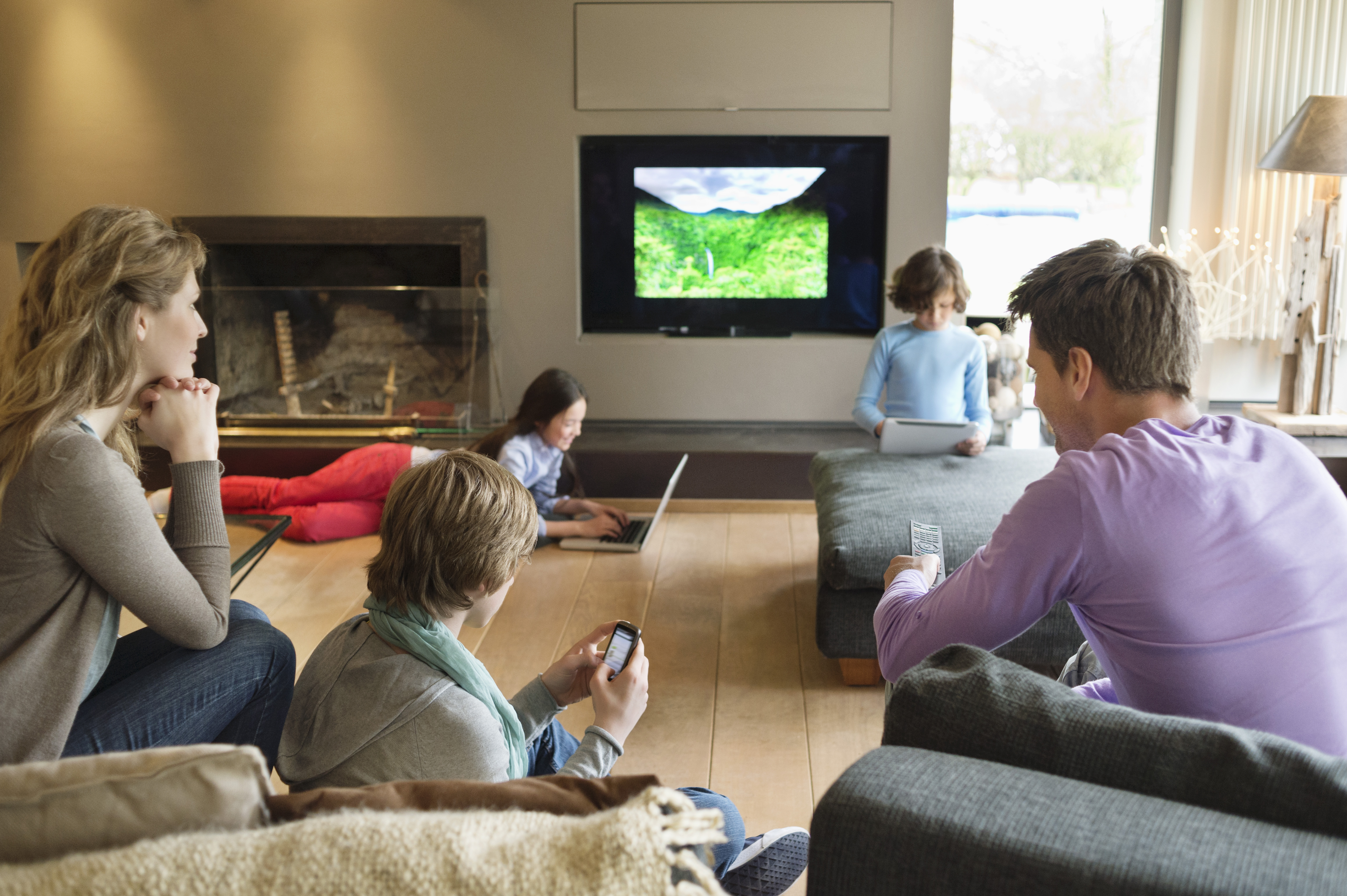It’s Not The Ads, It’s How They’re Delivered, New FreeWheel Study Finds
Latency, slates and unnatural ad breaks can reside recall

A new study from FreeWheel, Comcast’s ad-tech unit, found that it’s not commercials that viewers dislike. Rather, it’s the way ads are handled that hurts their experience.
Latency, unnatural ad breaks and the appearance of ad slates tend to turn viewers off, the study found.
Those problems tend to crop up on connected TV platforms when automatic systems don’t perform the way they ought to.
“The good news for advertisers is that contrary to what some may think, research found that ads themselves don’t actually impact program enjoyment for consumers. However, what does bother them is bad ad experiences such as ad latency, unnatural ad breaks, and slate, negatively impacting brand perception and recall,” FreeWheel general manager Mark McKee said. “It is our responsibility as an industry to work towards building better viewer experiences, which in turn will help brands connect with audiences in premium environments. We need to get this right not just for the advertisers, but for all of us as viewers.”
The study was conducted for FreeWheel by MediaScience, which brought 420 viewers to an in-lab viewing session. The session consisted of 30 minutes of programming with ad breaks of varying quality.
Turns out that the better an ad is presented, the higher the perception of both the programming and the brands advertised.
For example, nearly 80% of viewers said latency in ad delivery negatively impacted the perceived quality of the program, ads and brands involved.
The smarter way to stay on top of broadcasting and cable industry. Sign up below
It was similar when an ad appeared in an unnatural break. Higher ad intrusiveness led to a 14% decline in brand recall.
Showing slates, rather than actual ads, lowered the quality of surrounded ads by 3%. Slates — either a blank screen or a screen saver — appear when an commercial doesn't come promptly when called, or when no ad is available.
“With the premium video content and advertising ecosystem rapidly evolving, brands are struggling to break through the clutter and get their message in front of audiences in a meaningful way,” said Dr. Duane Varan, CEO of MediaScience.
“On top of that, ads are showing up across multiple apps and platforms without any adjustments, resulting in less-than-optimal execution,“ Varan said. “This is another bespoke, industry-first research study we’ve built with the FreeWheel Viewer Experience Lab to understand the real impact that bad ad experiences have on viewers and how that ultimately impacts brands. Using the findings from this report as well as the previous two can help the industry create better ad experiences and environments for consumers.“
The research emerged from a previous study from FreeWheel’s Viewer Experience Lab that found that, based on some estimates, ad avails not filled on FAST channels can be up to 25%, creating frustrating downtime for viewers and underutilized inventory for FAST programmers.
The report offers some suggestions for improving the viewer experience.
To minimize latency advertisers are encouraged to buy from suppliers with the technology in place to optimize delivering video content with minimal delay. Examples of this include the use of ad servers located close to the end user; buying directly from preferred partners to minimize additional hops in the media supply chain; and ensuring partners have unified decisioning capabilities across all demand to enable faster ad decisioning.
To reduce the appearance of unnatural ad breaks, advertisers are urged to prioritize working with publishers who use advanced technology tools for advertising management, like AI, to better understand where best to place ad breaks within the content, solving for some of the unnatural ad breaks.
To cut down on the appearance of slates, advertisers should focus on supply path optimization and direct connections to publishers and their inventory. Additionally, they should pick ad servers that leverage advanced auction capabilities, full pod bidding and creative preapproval processes that limit latency and slate while improving advertiser fill rates.
Jon has been business editor of Broadcasting+Cable since 2010. He focuses on revenue-generating activities, including advertising and distribution, as well as executive intrigue and merger and acquisition activity. Just about any story is fair game, if a dollar sign can make its way into the article. Before B+C, Jon covered the industry for TVWeek, Cable World, Electronic Media, Advertising Age and The New York Post. A native New Yorker, Jon is hiding in plain sight in the suburbs of Chicago.

